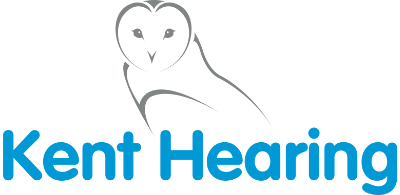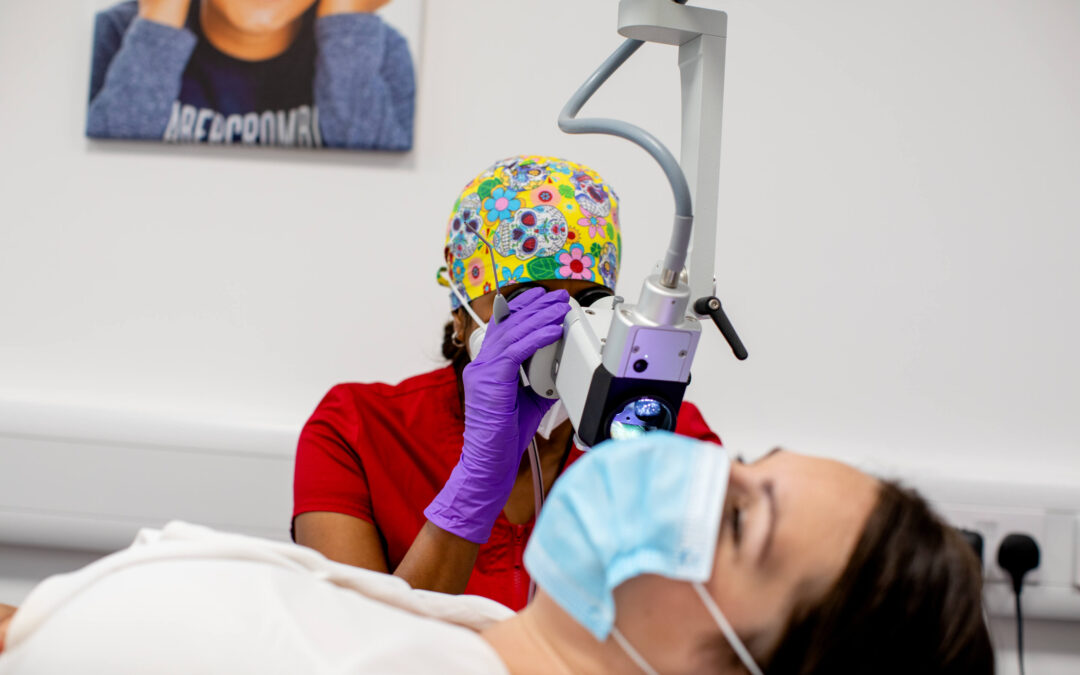Cotton buds – and why they shouldn’t be used for cleaning ears!
It’s a popular misconception that using cotton buds is an effective way to clean our ears. Whilst this is what they were originally designed for back in the 1920s, we have known for many years that these seemingly harmless pieces of cotton on a stick can cause severe damage to the ears and our hearing health. This article will discuss why cotton earbuds should not be used for this purpose and provide alternatives for safely cleaning the ears.
Firstly, please don’t use cotton earbuds at any time to try and clean your ears or to remove earwax from the ear canal. A quick look at a cotton bud tells us it is not well suited to be inserted into the human ear. A cotton bud is too big to go into the ear canal, which is one of the smallest and most sensitive parts of the human body. A cotton bud is also hard and inflexible, which means that not only can it scratch and break the skin, but it will not fit into or bend round the small and delicate contours of the outer ear. In fact, we strongly recommend that you should put nothing into your ears to help clean them, other than a few drops of olive oil or an ear spray or drops, as recommended by your doctor or pharmacist. (See below).
What damage can be done by using cotton buds to clean our ears?
The reasons to avoid using cotton buds are numerous. Inserting cotton buds into the outer ear can break and damage the sensitive and delicate skin in the ear canal, resulting in bleeding, irritation, ear infections and other complications which can cause temporary, or in severe cases, permanent hearing loss.
Many people who suffer with earwax problems use cotton buds to try and remove ear wax from their ear canal. While a cotton bud may sometimes remove a tiny proportion of earwax in someone’s ear, it will usually push more earwax further into the ear canal. This in turn impacts the wax, making it more difficult to remove and can cause blockages within the ear canal, which may then lead to earache, tinnitus or hearing loss. The more impacted the wax, the more difficult it is to remove and only expert professional help from a doctor or qualified audiologist using microsuction is likely to be able to loosen, break up and remove the wax safely.
In more severe cases cotton buds can damage or perforate the tympanic membrane or eardrum and this can cause hearing loss, more severe pain and long-term hearing problems. Occasionally the tip of a cotton bud may break off and get stuck in the ear canal, again causing infection, hearing loss and pain – and can be painful when being removed.
But weren’t cotton buds designed for cleaning our ears?
Yes! Cotton buds were designed in 1923 by Leo Gerstenzang, to help his wife clean their baby’s ears. They were originally called Q-Tips, the ‘Q’ indicating quality. However in the early 1970’s concerns were raised with reports of cotton buds causing perforation of the eardrum and impacted earwax in several cases. Many manufacturers then started to advise against using them for cleaning the ears and removing earwax and continue to do so today, promoting them instead for applying creams, make-up and drying wet skin between a baby’s fingers or toes. Despite this and many subsequent studies which have highlighted the same dangers, people still make the mistake of using cotton buds today to try and remove earwax from the ear canal.
So what should I use to clean my ears?
Most peoples’ ears look after themselves and don’t need to be cleaned on a regular basis, if at all. Earwax is a natural substance, which the body makes to help protect and lubricate the ear. Sometimes however, our ears make too much wax, and this can block the ear canal and cause irritation, pain, tinnitus or hearing loss. When this happens it’s important to have the outer ear canal professionally cleaned by a doctor, audiologist or nurse, so that symptoms can be resolved and don’t get worse.
So if you think you have excess or impacted earwax, please do not insert anything into the outer ear or ear canal. Cotton buds, silicone buds, Q- Tips, disposable foam swabs and Hopi Candles are all unsuitable and potentially dangerous ways to try and clean your ears. Please do not use them! They can cause serious damage to your ears and to your hearing.
Instead, try putting 2-3 drops of olive oil into your ear, ideally at night, for 2 nights. This may help soften the earwax, which may then clear naturally. You could also try a good over-the-counter ear spray or eardrops. Otex, Earol and several pharmacy own-brand eardrops or sprays may all help to soften and clear unwanted or impacted earwax. Ask your local pharmacist or chemist for more details.
Earwax removal using microsuction
If olive oil or eardrops still don’t relieve your symptoms, then consult your GP or book an appointment with a local, qualified audiologist to have your earwax removed using microsuction.This is the safest, quickest and most effective way to remove impacted or excess earwax and avoids the problems associated with ear syringing. Microsuction uses a powerful microscope that allows the audiologist to view ear canal in great detail and see any earwax that may be present.
The audiologist should then be able to carefully remove the earwax using a tiny suction device, all the while having an excellent view of the ear canal via the microscope so that they can see exactly what they are doing as they remove the wax. In most cases this treatment relieves the patient’s symptoms quickly and without any pain or discomfort.If you are looking for a local audiologist, we recommend that you check their qualifications and experience by visiting their website. You can also check reviews from their patients on Google or Facebook.
This may help you decide who to visit for treatment. Always try to see a well, qualified and experienced audiologist to get the best advice and treatment.
If you think you may be struggling with excess or impact earwax, or with hearing loss, tinnitus or any other hearing issues, please call us on 01732 525912 to discuss your symptoms and make an appointment to see Dr Priya Carling AuD, RHAD.

